This is LOMO 135BC, a 35mm scale focus camera made by Leningradskoe Optiko Mechanichesckoe Objedinenie, or LOMO for short, between the years 1975 and 1982 in the former Soviet city of Leningrad. The 135BC has a design that is loosely inspired by the Rollei 35, but adding a wind up motorized film advance similar to the company’s earlier GOMZ Leningrad rangefinder. It features a good Industar-73 40mm f/2.8 lens, 5 speed leaf shutter, and a simplified icon based shutter speed selector. The 135BC was a relatively short lived model by Soviet standards with only about 85,000 made, making them somewhat uncommon.
Film Type: 135 (35mm)
Lens: 40mm f/2.8 Industar-73 coated 4-elements in 3-groups
Focus: 1 meter to Infinity
Viewfinder: Scale Focus with Projected Frame Lines and Coupled Zone Focus Scale
Shutter: Mechanical Leaf
Speeds: B, 1/15 – 1/250 seconds
Exposure Meter: None
Battery: None
Flash Mount: Hot shoe with X Flash Sync at all Speeds
Weight: 486 grams
Manual: None
How these ratings work |
The LOMO 135BC is an interesting camera from the 1970s and early 80s using a wind up spring drive film advance, full manual control over it’s diaphragm and five shutter speeds. It has a good 4-element Tessar style 40mm f/2.8 Industar-73 lens that delivers good image quality, and the camera has decent ergonomics and control layout, considering it’s small size. The lack of any metering and a strange quirk in which the camera will continue to operate as normal after reaching the end of a roll of film, tarnish what could have otherwise been a pretty decent little camera. | ||||||
| Images | Handling | Features | Viewfinder | Feel & Beauty | History | Age | |
| 2 | 2 | 1 | 1 | 1 | 0 | 0% | |
| Bonus | None | ||||||
| Final Score | 7.0 | ||||||
My Thoughts
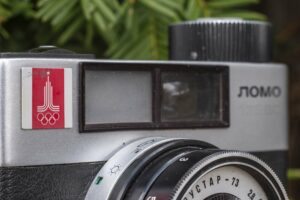
The LOMO 135BC is one of those cameras I really wanted to like. In fact, I’ve actually taken two swings at shooting and reviewing one of these cameras on this site and I’ve struggled both times. My first attempt was on a loaner from Vlad Kern back in 2018 when I also reviewed the GOMZ Leningrad. Unlike that camera however, the 135BC just didn’t take. I didn’t enjoy using it, I struggled with the film advance, and I fell victim to the camera’s most annoying characteristic, but more on that later.
The LOMO 135BC is a strange camera as it fills a niche I don’t understand who would have demanded it. The Soviet camera industry made plenty of simple point and shoots, plenty of SLRs and plenty of rangefinders both with interchangeable and fixed lenses. They made TLRs, they made folding cameras, and they even attempted to make their own instant film camera, but the LOMO 135BC is a confusing mixture of a simple point and shoot, premium Rollei 35, and a Ricoh Hi-Color 35, all rolled up into one camera. It has a good 4 element Tessar style lens, and a 5 speed leaf shutter, yet it features an icon based exposure system, and lacks any sort of metering.
The camera has a mostly metal body and has a good feel in your hands, although not at the level of either the previously mentioned Rollei or Ricoh. Most of the camera’s critical controls are in easy reach of your fingers, and despite a rather small body, never feels cramped. At 486 grams, it is just heavy enough to be noticed in a coat pocket, but not so ungainly that you couldn’t keep it attached with a wrist strap for a long shooting session.

Without an English language user manual online, using the LOMO 135BC is pretty straight forward. The top plate is dominated by a large wind knob for tensioning the spring motor, with a film reminder dial on top of it. On the opposite side is the cable threaded and square shutter release, and window for the automatic resetting exposure counter.
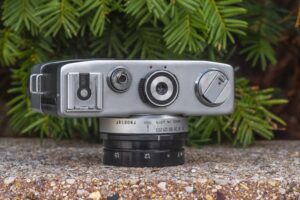
Like the Rollei 35, the bottom of the camera has the flash hot shoe which means if you mount a flash, it will awkwardly hang below the camera. In the center is a 1/4″ tripod socket, then the rewind knob with fold out handle, door release, and a small knob which is used to deactivate the motor drive for rewinding film at the end of the roll.
Note: Something interesting about the rewind knob is that unlike most cameras in which as film is advanced through it, the rewind knob turns. On the 135BC, with the handle folded shut, the knob spins freely regardless if film is advancing through the camera. I can only assume that the designers did this to eliminate as much drag on the spring motor while film is advancing through the camera. If however, you fold out the handle while film advances, the knob and handle will spin. You just have to be careful to not let the handle hit anything as it will disrupt the advancement of the film.

Inside the film compartment, the LOMO 135BC is much different than the GOMZ Leningrad in that film transport is right to left, and onto a normal size single slotted plastic take up spool. In the Leningrad, the take up spool is very large as it houses the motor drive inside of it. The pressure plate is hinged to the body below the film gate and is held in place by two springs behind it. Neither the door channel, nor the seam below the top plate have any sort of light seals, which suggests the camera can keep light out without them, but I was unable to shoot the camera for long enough to tell. Overall, loading film into the camera is uneventful and pretty straightforward.

Up front, around the front lens element is a plastic aperture control ring with markings for f/2.8 to f/22. Although this front cell aperture control works fine, and does save some space around the outside of the lens and shutter, I find this style to feel cheap and unrefined. Shutter speeds thankfully, are controlled via a large ring closest to the body. Up top are 5 square windows with icons ranging from the sun to a double raincloud, which suggests different shutter speeds for various lighting conditions. If you do not like this icon system, actual shutter speeds from 1/15 to 1/250 plus B are indicated on the bottom of the shutter. Despite the LOMO 135BC being produced from 1975 to 1982 well into the era of metered and exposure automation cameras, it is entirely mechanical, with no meter or electronics of any kind.
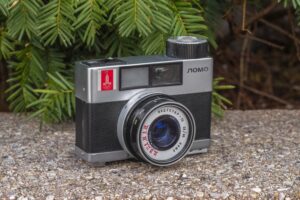
From the sides, there is very little to see, no controls or anything to release the film compartment. On the camera’s left side are two metal loops for connecting a wrist strap which is nice as the camera’s size doesn’t really require a full neck strap, but something to secure the camera to your wrist is good.
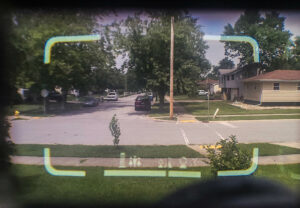
The viewfinder is actually quite useful as it is very large, and since it lacks a rangefinder, has no beamsplitter to darken the image. Looking through it, the viewed image is very bright and surrounded by very contrasty projected frame lines that do not correct for parallax. At the bottom of the viewfinder is a needle which points to what looks like a skyscraper on the left to a single head on the right. The skyscraper indicates infinity, and I assume the single head indicates minimum focus, but strangely, on this camera, the needle never gets to the single head, even with the lens at the 1 meter minimum mark. I am unsure if this is normal, or if something is amiss with this particular example.
I mentioned earlier that I don’t quite understand who the target market for this camera might be, as it’s clearly a simple camera, with an automatic film advancement using 20 year old technology, but a design and lens indicative of a luxury German camera. Overall, there’s a lot to like about the 135BC on paper. It feels better than a cheap point and shoot, the 4 element lens should produce good shots, and assuming you are good with zone focus, the spring motor wind should be good for some rapid sequence shots.
My Results
Remembering my first attempt at shooting a LOMO 135BC which ended in spectacular failure, I optimistically loaded in half shot roll of Kodak Panatomic X. Normally I wouldn’t risk my all time favorite film in a camera with a questionable history, but I knew the roll was half shot in something else and I was just eager to finish it.
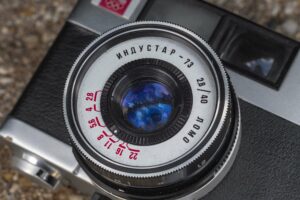
From the gallery above, you can see that I got some pretty good looking results from the camera, but what you can’t see is the trouble I went through to get them. For starters, the Industar-73 is definitely capable of good images, at least on par with other simple cameras with 4 element lenses. I don’t know that I’d describe them as “Tessar quality”, but it’s at least in the ballpark. In most of the shots, sharpness was excellent in the center with a small amount of softness and vignetting in the corners. Contrast was good using Panatomic-X which is known as a low contrast film. I found that images like the chalk drawing of the tiger on the sidewalk rendered nicely with good details.
A large number of the shots I took with the LOMO 135BC overlapped each other. The film advance on this camera clearly has issues, but worse than that is an incredibly annoying quirk I’ve never seen on any other camera, which is that the wind up film advance keeps working fine, even after reaching the end of the roll of film. On every other manual or automatic advance camera, once you reach the end of a roll, it stops working. Motor wind cameras will stop winding and prevent you from firing the shutter again.

Not with the 135BC. For reasons I’ll never understand, this camera will continue working as normal, well beyond the end of the roll of film, allowing you to continually expose the same space of film over and over again until you give up. Earlier in this article I mention that there is no way to see that film is advancing through the camera unless you fold out the handle on the rewind knob and leave it out while the film advances. Assuming you don’t do this often, the exposure counter is the only clue that you’ll have that you’ve reached the end of the roll. If you load in a 24 exposure roll of film, you better stop trying to shoot after the number 24 appears in the counter.
While this sounds like a duuuh moment, I would be willing to bet that an overwhelming majority of people shoot film and just wait for the camera to reach the end of a roll before stopping. Never once in my life have I been shooting any other film camera and kept an eye on the exposure counter and thought to myself, “well, I shot the exact number of exposures I should have, I better stop now”.
You would be surprised at how annoying and anxiety inducing it is to shoot a camera and have no clue you are at the end of a roll of film, only to realize that the last however many exposures you made, are all overlapping each other.
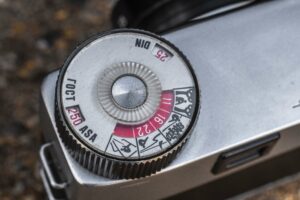
In addition to the wasted images near the end of the film, there were a good number of ones that simply overlapped for no reason, suggesting that the motor advance isn’t as strong as it once was. This likely could be caused by the age of the camera, but I suspect this was a problem all along.
Beyond the few decent images I got from the camera, there wasn’t enough that was memorable about it for me to keep typing a longer review. The viewfinder was decently bright, and I had no problem getting in focus shots using the scale focus lens. I’ve shot many other simple cameras with scale focus before and usually get good images like I did here.
This being the second 135BC I’ve shot, I guess I have a higher opinion than I did of the first one I tried in 2018, but only barely. For a camera that was produced in my lifetime, I had higher expectations from it, and there are simply too many other better cameras out there from the Soviet Union and other countries that I don’t see myself ever using this camera again.
Maybe you’ll like it more than I did, but if you’re anything like me, there are many better options out there.
Related Posts You Might Enjoy
External Links
http://camera-wiki.org/wiki/Lomo_135
http://www.photohistory.ru/1207248177821395.html (in Russian)
https://sovietcameras.org/lomo-135-bc/
http://ussrphoto.com/wiki/default.asp?WikiCatID=12&ParentID=1&ContentID=980

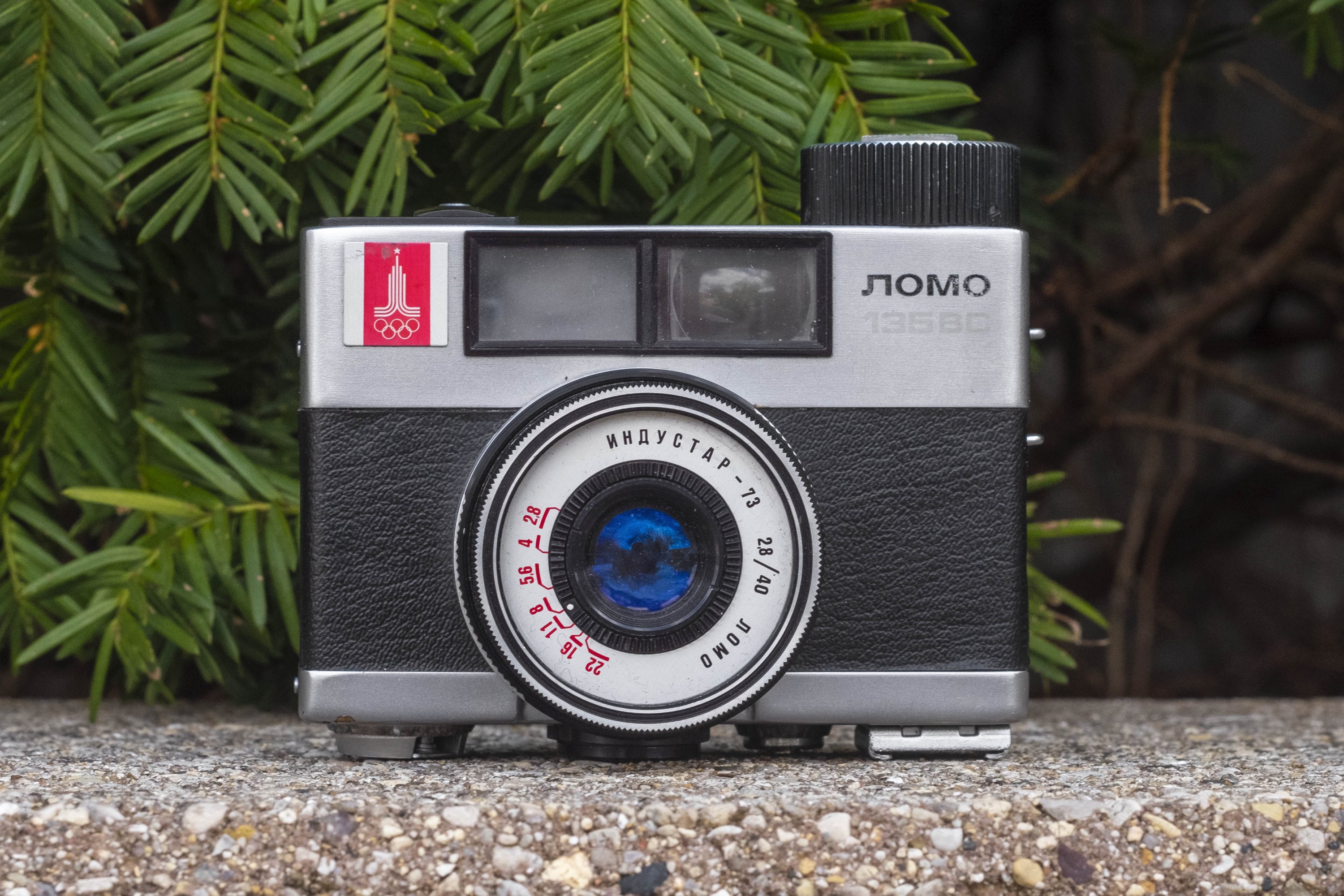
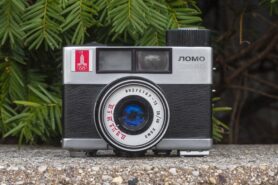
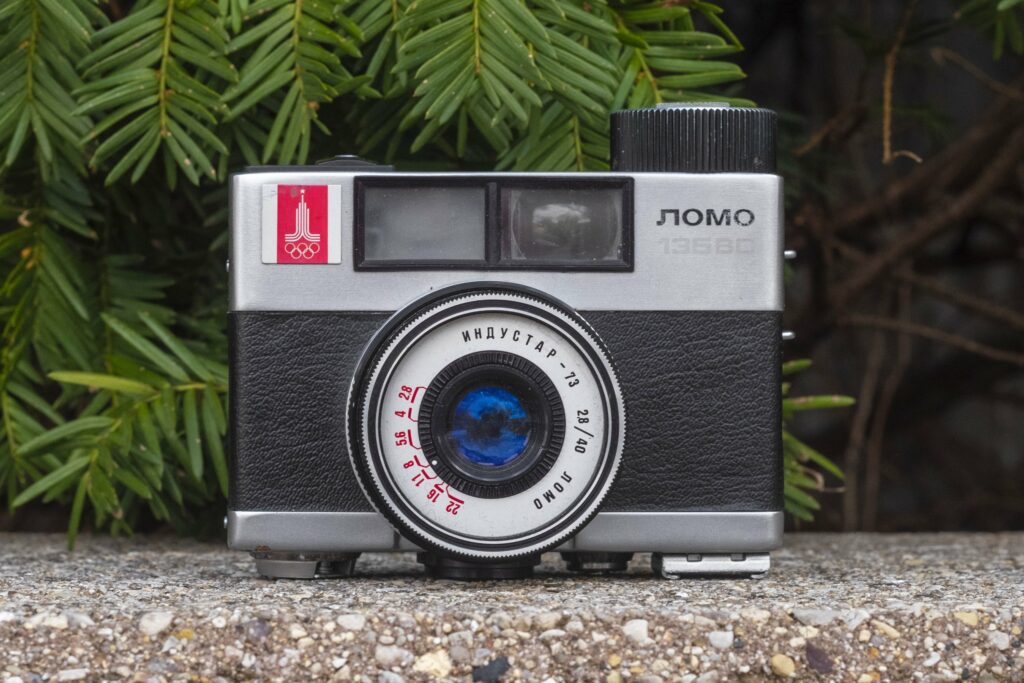










This was an amateur camera priced economically – with under-rated performance to match. It is what it is. This is a lot worse than ‘quality’ 35mm Japanese rangefinder cameras – but a lot better (going by the frames you took) than some of the other things we used in our day, such as plastic disposable cameras. I am curious as to the purchase cost and how widespread the availability was of such cameras in the old USSR and now Russia.
I have to say my still functioning LOMO LC-A takes far better pictures. Interesting.